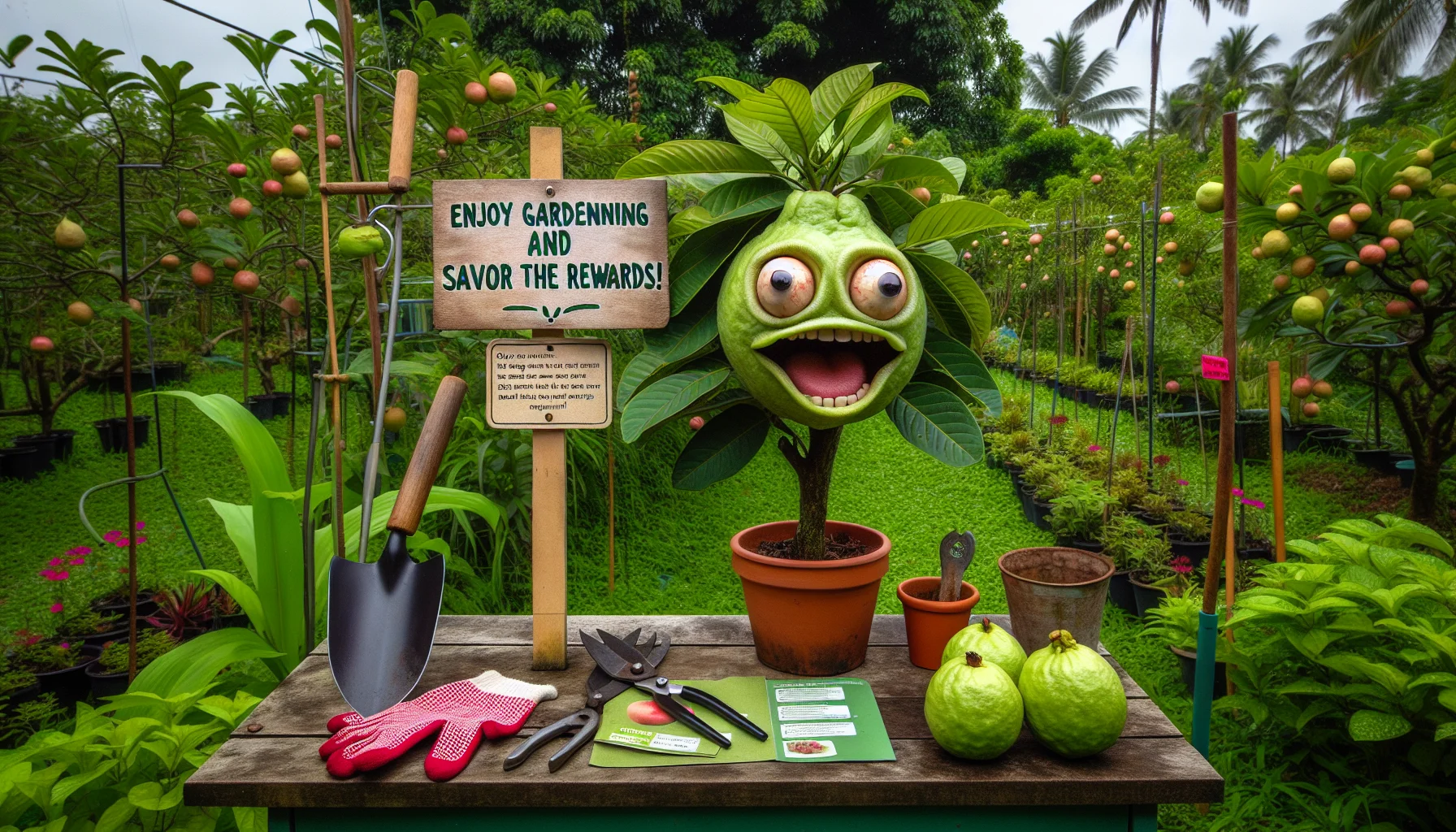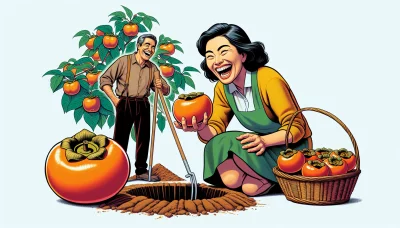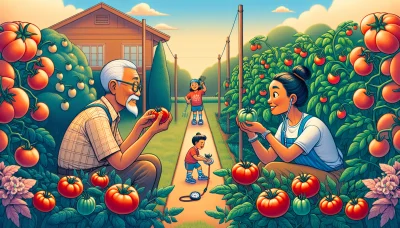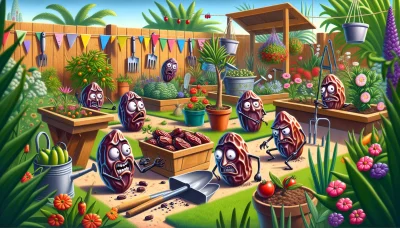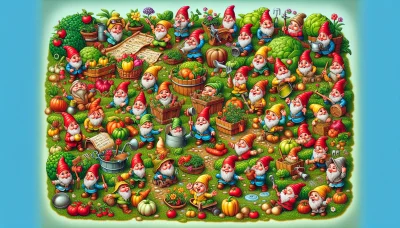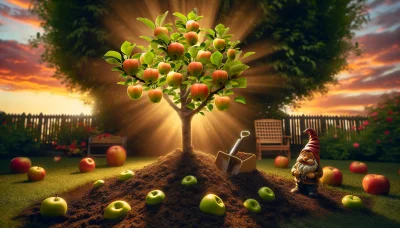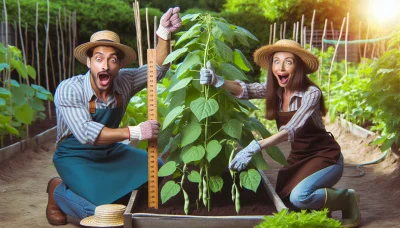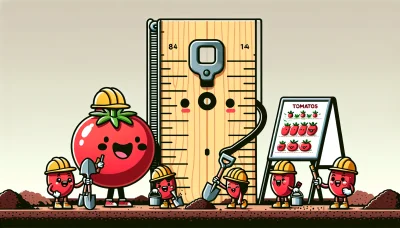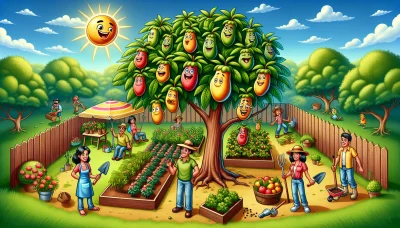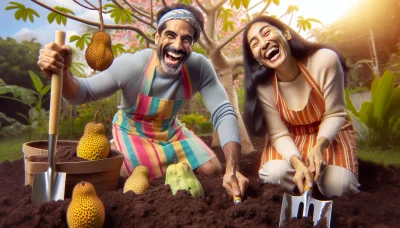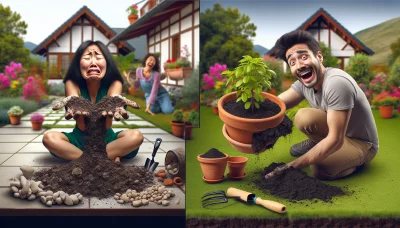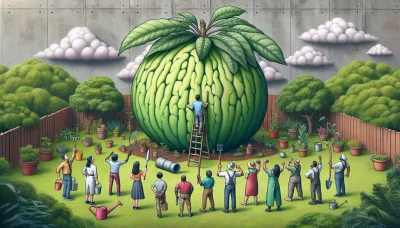Guava ripe Quiz
Test Your Knowledge
Question of
Understanding Guava Ripeness
Recognizing when a guava is ripe is crucial for both consumption and gardening purposes. For consumption, a ripe guava offers the best flavor and nutritional value, providing a sweet and aromatic experience that is significantly less enjoyable if the fruit is underripe or overripe. In gardening, understanding the ripeness of guava is essential for harvesting at the right time, ensuring the seeds are mature enough for propagation if desired. Additionally, picking guavas at the peak of ripeness prevents them from falling and getting spoiled, which can attract pests and diseases. Hence, knowing when a guava is ripe enhances the eating experience and supports successful cultivation.
The Signs of a Ripe Guava
- Color Change: A ripe guava typically changes from a bright green to a light yellow or even a slight pink, depending on the variety.
- Aroma: As guavas ripen, they emit a strong, sweet, and tropical fragrance that is easily noticeable.
- Softness: Gently pressing the guava should yield a slight softness. It should not be too firm nor too mushy.
- Weight: A ripe guava feels heavy for its size, indicating juiciness and full development.
- Skin Texture: The skin may appear slightly wrinkled when the fruit is ripe, signaling it's ready to eat.
How to Ripen Guava at Home
To ripen guavas after they have been picked, one effective method involves the use of a paper bag. Place the guavas inside the bag along with a banana or an apple. These fruits emit ethylene gas, a natural plant hormone that promotes ripening. The confined space of the bag helps to concentrate the ethylene gas around the guavas, speeding up their ripening process. Check the bag daily to monitor the ripeness of the guavas and remove them once they've reached your desired level of ripeness. This method is simple and can significantly reduce the ripening time of guavas at home.
Harvesting Your Guavas
Harvesting guavas at the right time is crucial for enjoying them at their best. To ensure your guavas ripen perfectly off the tree, it's important to pick them when they are just starting to change color. This slight change indicates they are mature enough to ripen off the tree but not so ripe that they'll spoil quickly. Gently twist the fruit; if it comes off easily, it's ready to be harvested. After picking, store your guavas at room temperature away from direct sunlight to allow them to ripen evenly. Once they give slightly to gentle pressure and emit a sweet, fragrant aroma, they're ready to eat. Enjoy your perfectly ripened guavas fresh out of the garden!
Storing Ripe Guavas
Once guavas reach their peak ripeness, it's important to store them properly to extend their shelf life and maintain their delicious taste and nutritional value. The best way to store ripe guavas is by placing them in the refrigerator. This slows down the ripening process and can keep the fruit fresh for up to a week. Make sure to place them in a plastic bag or covered container to retain their moisture and prevent them from absorbing odors from other foods. For longer storage, guavas can be frozen. To freeze guavas, first wash and slice them, removing any seeds. You can puree them before freezing or freeze the slices on a tray before transferring to a freezer bag. This method can preserve guavas for up to eight months, making it a great option to enjoy this fruit out of season. Remember, the texture of guavas may change after freezing, so frozen guavas are best used in smoothies, jams, or cooked dishes.
Common Mistakes to Avoid with Ripe Guavas
- Storing ripe guavas at room temperature for too long, leading to over-ripening and spoilage.
- Refrigerating guavas without proper ventilation, causing them to become mushy and lose flavor.
- Waiting too long to consume, which results in a loss of nutritional value and taste.
- Washing guavas before storing them, increasing the risk of mold and bacterial growth.
- Placing ripe guavas near ethylene-producing fruits, which accelerates the ripening process and can lead to premature spoilage.
- Ignoring small blemishes or bruises, which can quickly turn into larger, rotten areas.
- Not utilizing overripe guavas in cooking or baking, missing out on their potential culinary uses.
FAQs on Guava Ripeness
| Question | Answer |
|---|---|
| How can I tell if a guava is ripe? | Ripe guavas typically have a soft texture, a sweet fragrance, and may change color depending on the variety. Yellow guavas turn bright yellow, while pink guavas may have a slight give when gently pressed. |
| Does the color of a guava indicate its ripeness? | Color can be an indicator of ripeness, but it varies among guava varieties. Some guavas turn from green to yellow, while others may remain green even when ripe. It's best to also consider texture and aroma. |
| Is there a difference in ripeness indicators among guava varieties? | Yes, ripeness indicators such as color change, aroma, and softness can vary significantly among different guava varieties. For example, white guavas may remain green when ripe, whereas pink guavas might develop a yellowish hue. |
| How does ripeness affect the nutritional value of guavas? | Ripe guavas are generally richer in vitamins and antioxidants. The concentration of vitamin C, for instance, is higher in fully ripe guavas compared to unripe ones. However, overripe guavas may start losing some nutritional value. |
| Can I eat guavas that are not fully ripe? | Yes, unripe guavas can be eaten, though they may be firmer and less sweet. They are often used in cooking for their tart flavor. However, the nutritional benefits, particularly vitamin C content, increase as the fruit ripens. |
